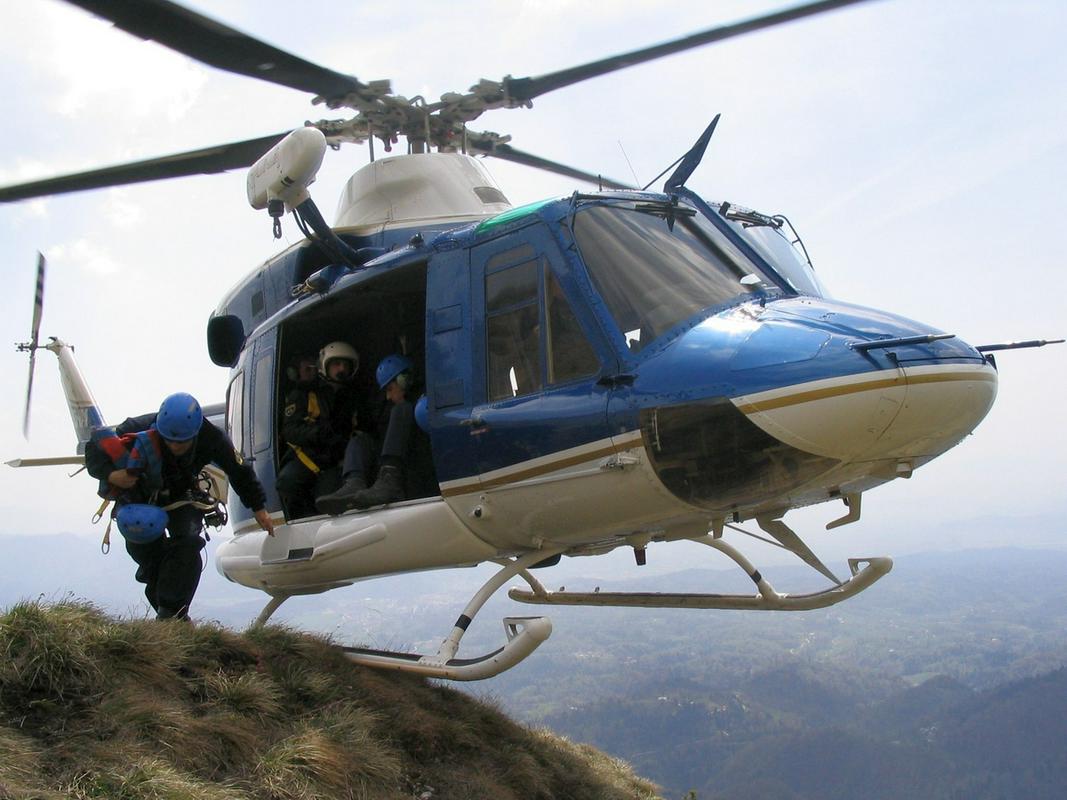
The beginnings of helicopter rescues in Slovenia date to 1968, when the police first used a chopper in a mountain rescue. In 1993, the armed forces joined the system. Nowadays, the police and the military provide a continuous rescue service.
This year, the armed forces completed 329 interventions by helicopter and transported 366 injured or ill persons. The police completed 109 interventions. The military carried out the largest share of interventions because the police helicopter was undergoing repairs.
Old helicopters are a major problem; the Bell choppers are more than 20 years old, which means that their maintenance is more expensive and takes more time.
Continued funding needs to be worked out
The head of the Helicopter First Aid Services at Brnik Airport Uroš Lampič warns that the Civil Aviation Agency has announced that the operators don't have the necessary aircraft to continue operations beyond 2017. "This means that we have to lease or purchase appropriately equipped helicopters that will be used solely for this purpose, which would make our work considerably easier," he said, adding that the service now uses multipurpose helicopters, which aren't even certified for this type of work.
Defense Minister Andreja Katič is seeking a more active role by the Ministry of Health, whose role is to define the framework of the project. The police and the military would then carry out their measures. She stressed that the continued funding of helicopter rescue services needs to be worked out, especially if costs continue to rise.
T. H.
Translated by J. B.

































































